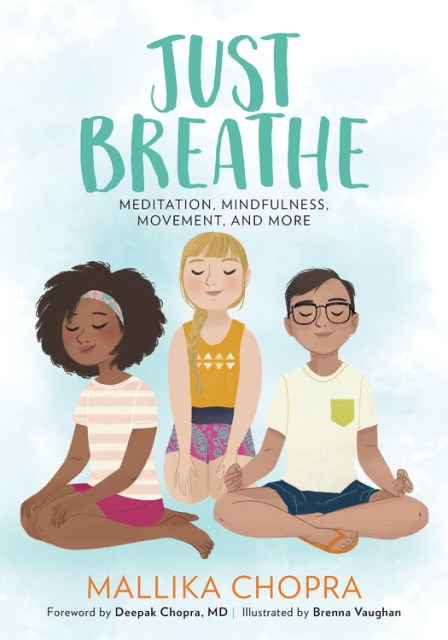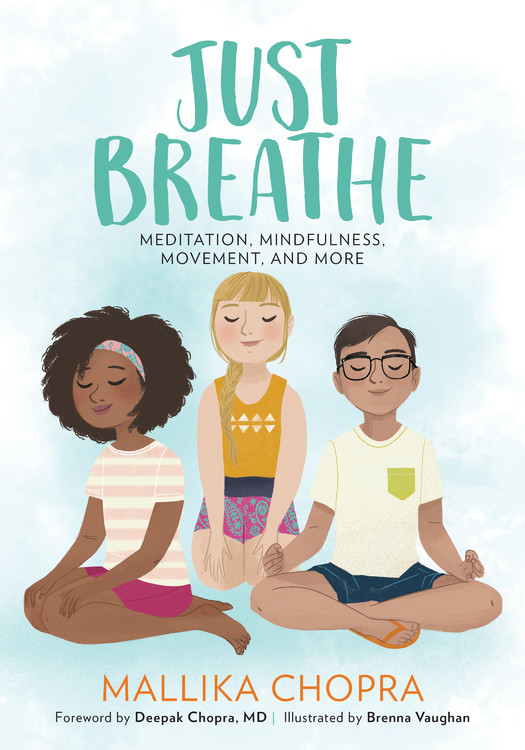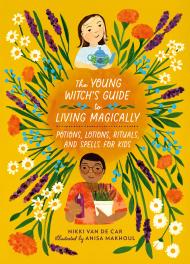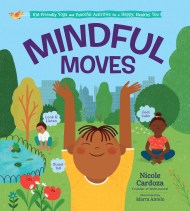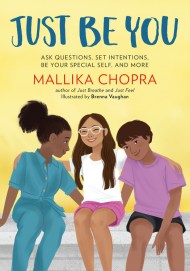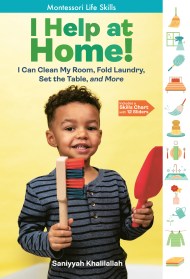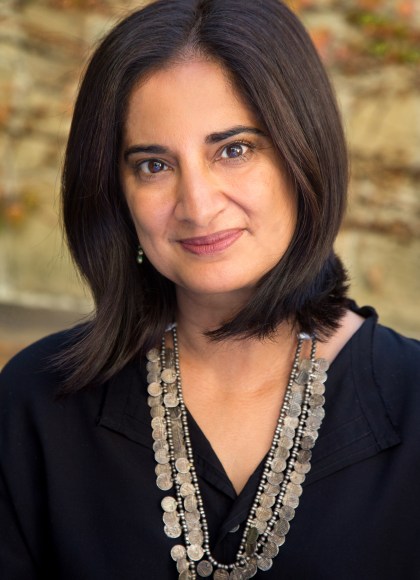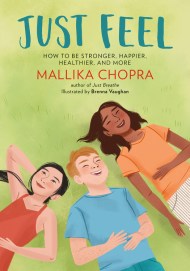Just Breathe
Meditation, Mindfulness, Movement, and More
Contributors
Illustrated by Brenna Vaughan
Foreword by Deepak Chopra, MD
Formats and Prices
Price
$12.99Price
$16.99 CADFormat
Format:
- Trade Paperback $12.99 $16.99 CAD
- ebook $9.99 $12.99 CAD
- Audiobook Download (Unabridged)
This item is a preorder. Your payment method will be charged immediately, and the product is expected to ship on or around August 28, 2018. This date is subject to change due to shipping delays beyond our control.
Also available from:
Just Breathe is a fun and accessible, fully illustrated go-to meditation guide written by none other than Mallika Chopra, wellness expert and the daughter of Deepak Chopra. For kids ages 8 to 12, this book is full of specific exercises to help deal with day-to-day challenges and tips to lead a healthier, happier, and more connected life. The book includes practical advice on breathing techniques and guided meditations for a number of topics and scenarios, including:
- Dealing with stress
- Getting to sleep
- Building self-confidence
- Focusing on school/tests/other work
- Ridding oneself of anxiety
Beginners will learn the basics of meditation and how to get started, and those more experienced will learn how to improve their practice. This book will also teach kids how to prepare their own meditation spaces. Just Breathe is the go-to book for kids who want to learn more about mindfulness and meditation.
Series:
- On Sale
- Aug 28, 2018
- Page Count
- 128 pages
- Publisher
- Running Press Kids
- ISBN-13
- 9780762491582
Newsletter Signup
By clicking ‘Sign Up,’ I acknowledge that I have read and agree to Hachette Book Group’s Privacy Policy and Terms of Use
